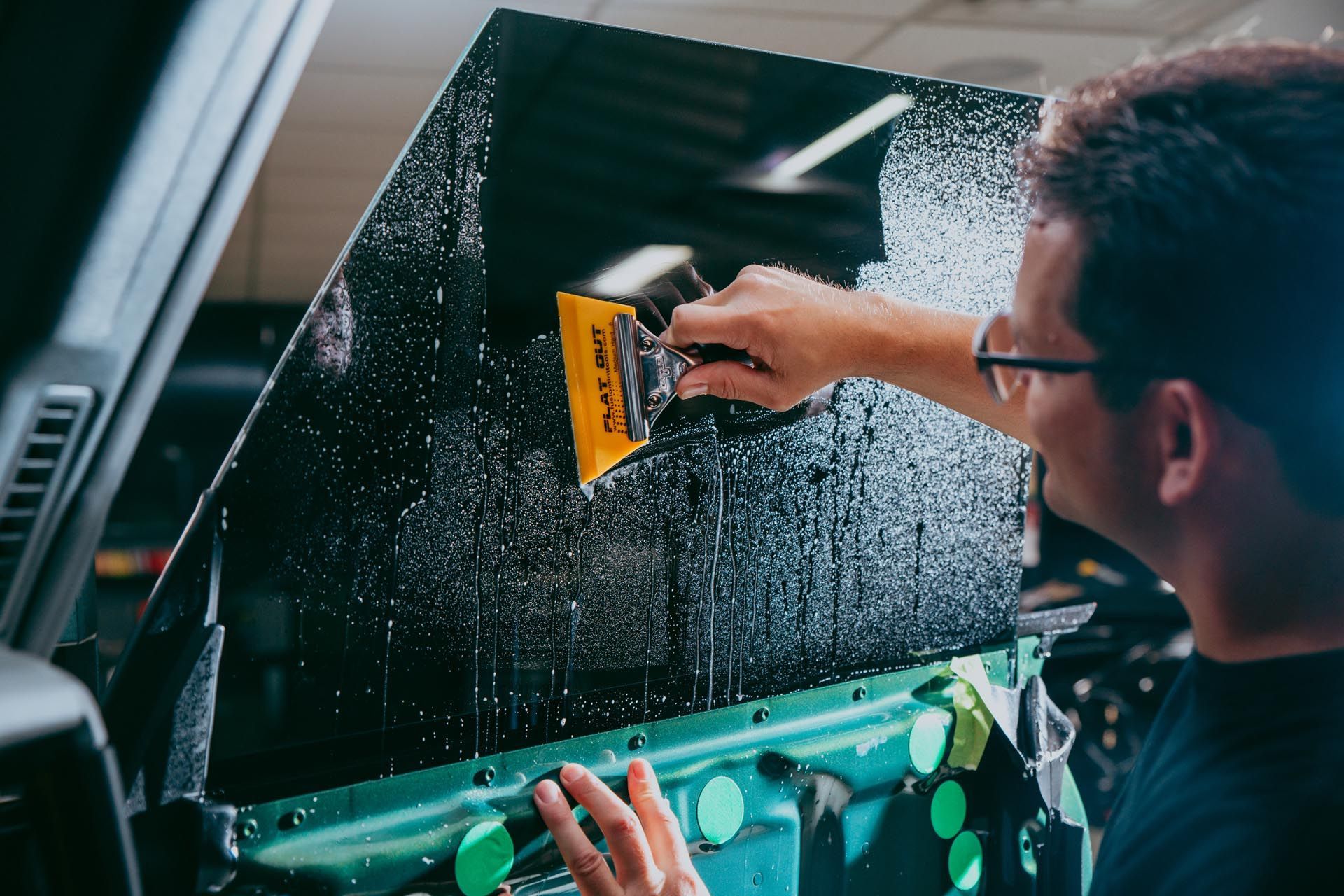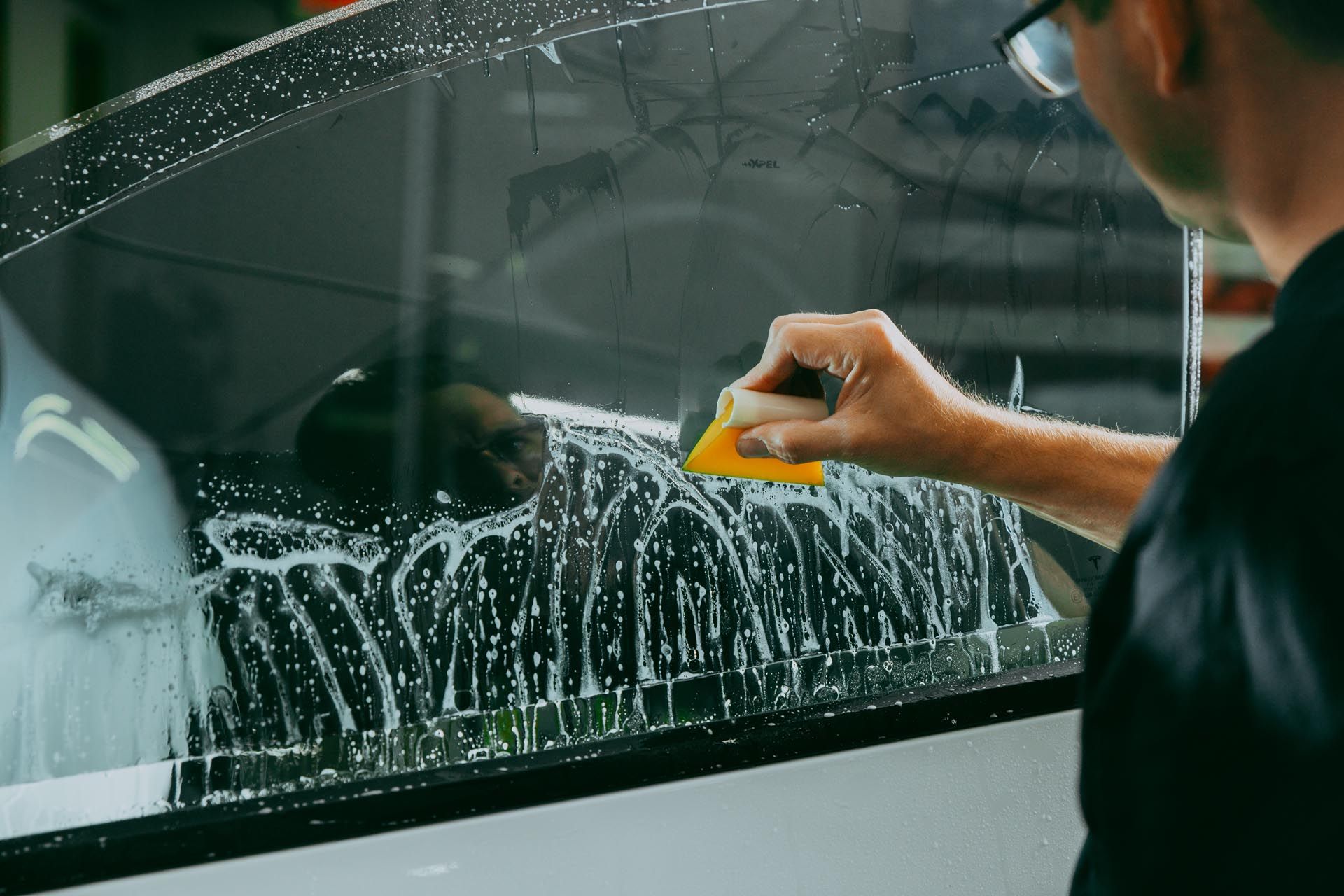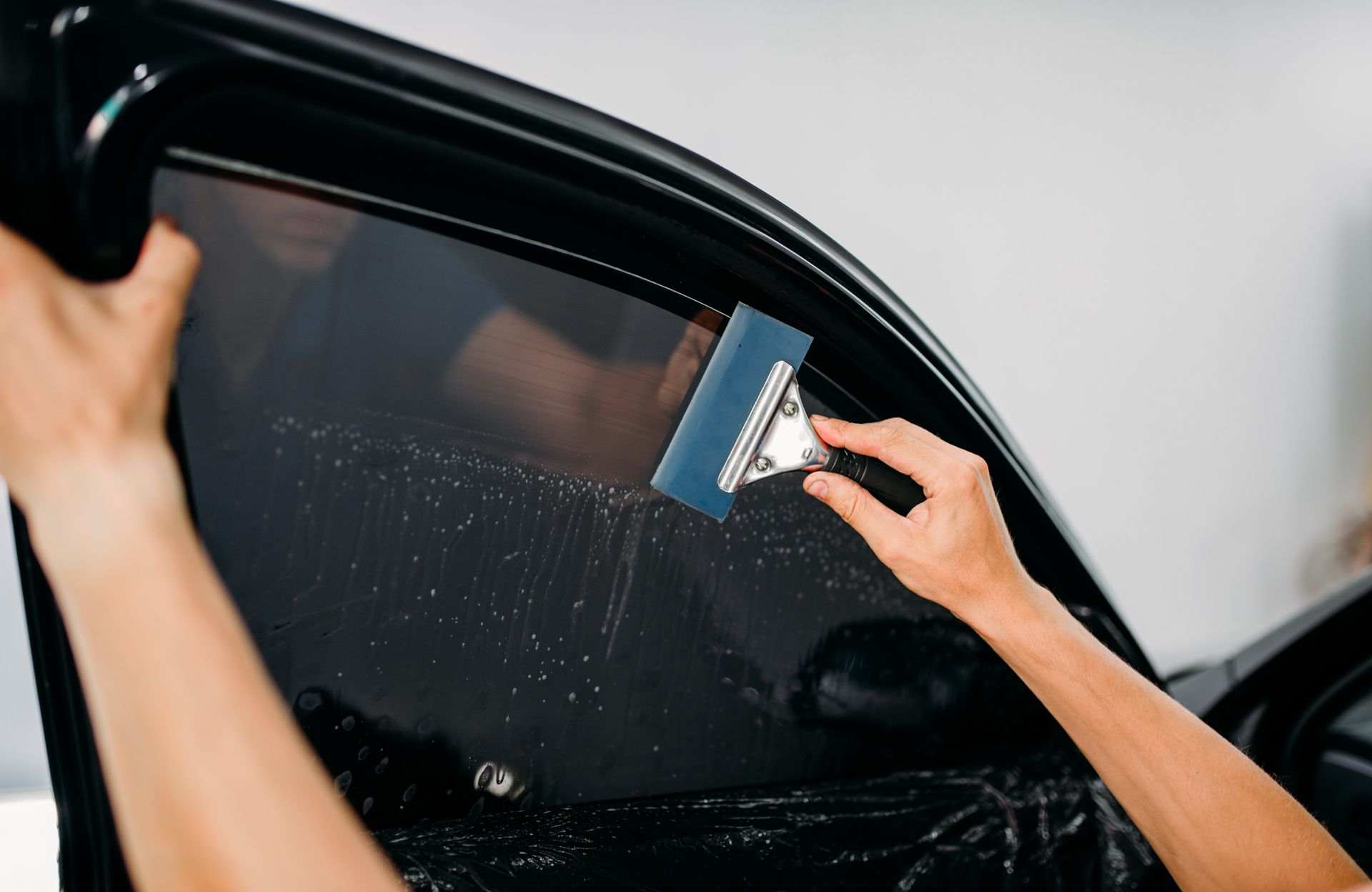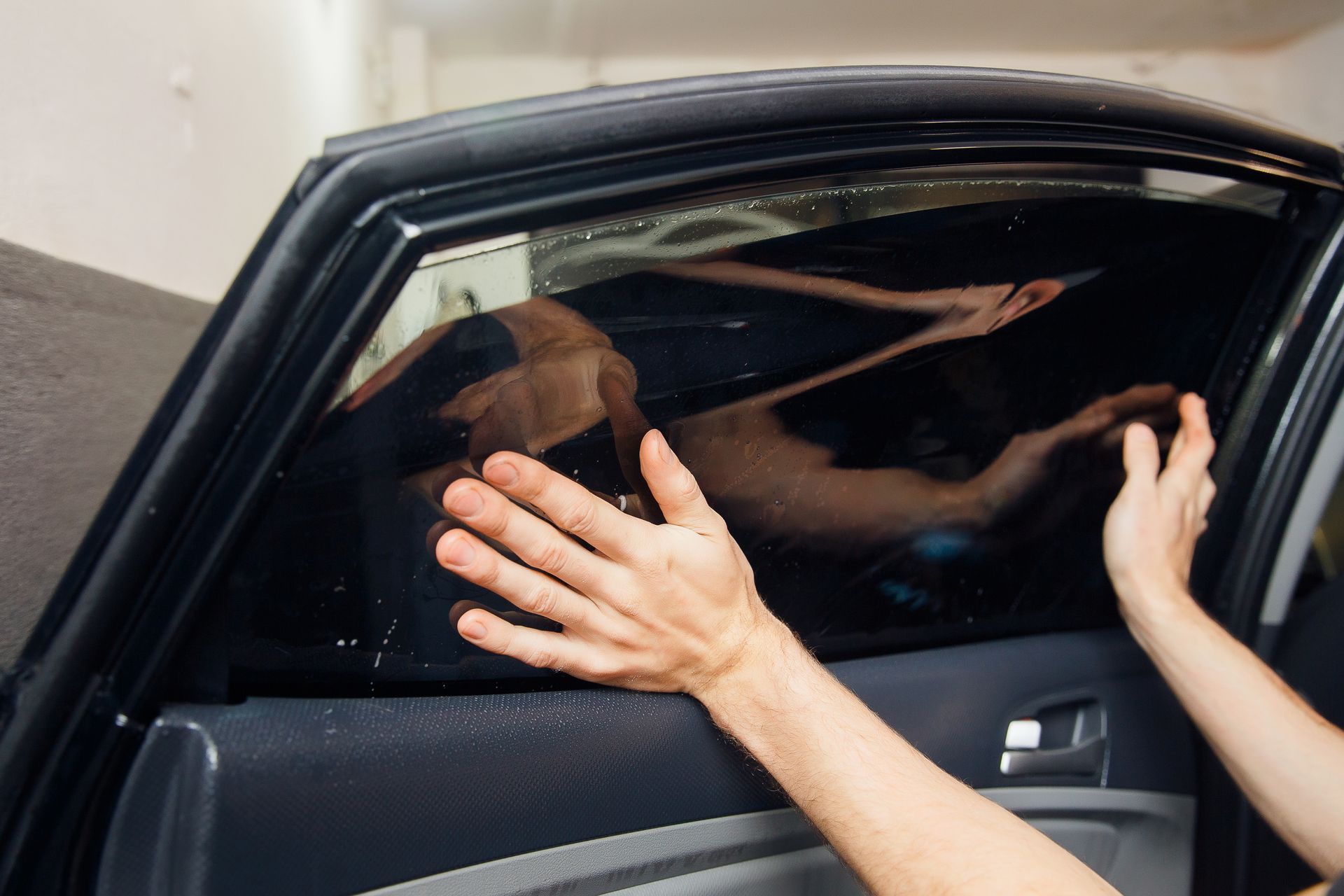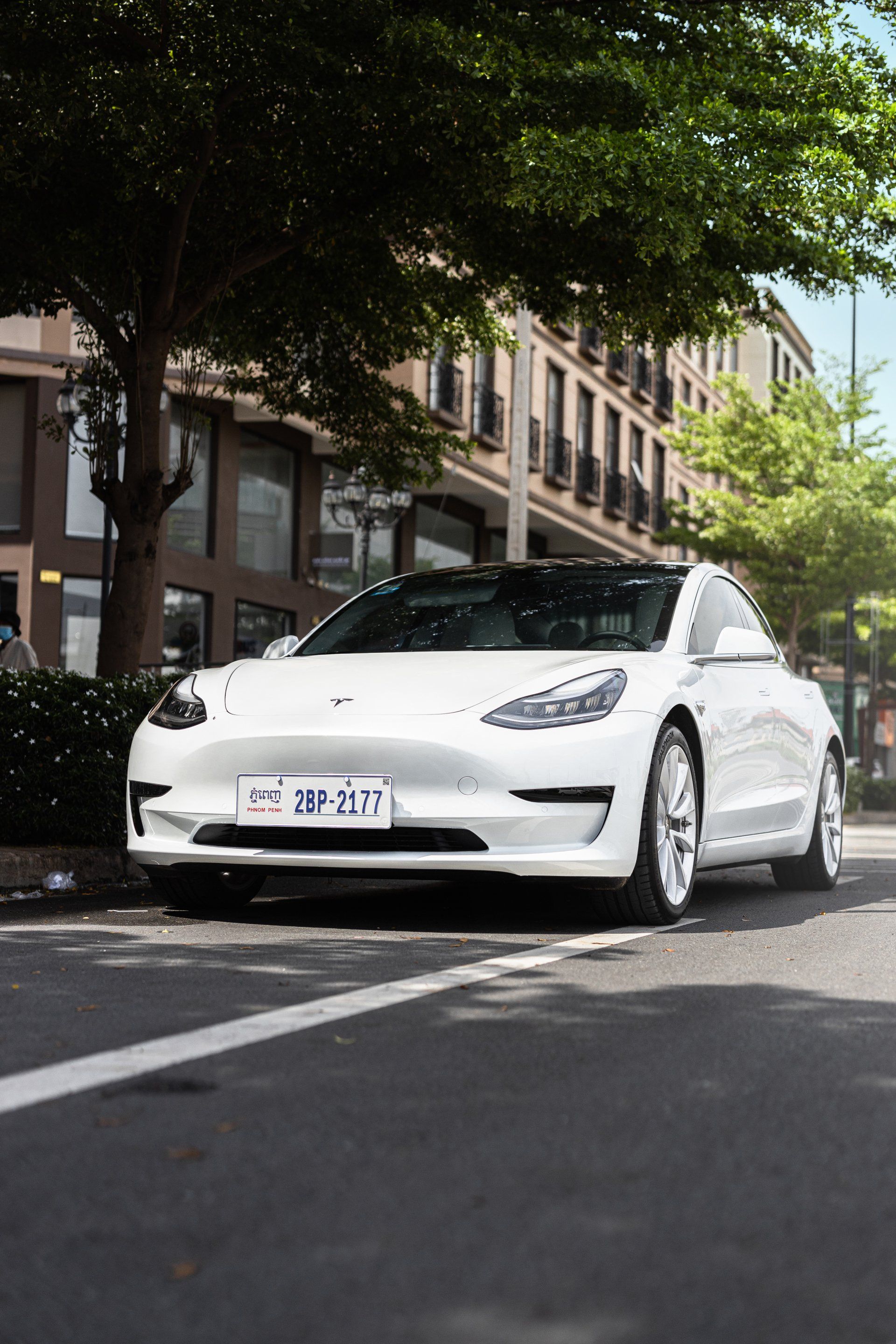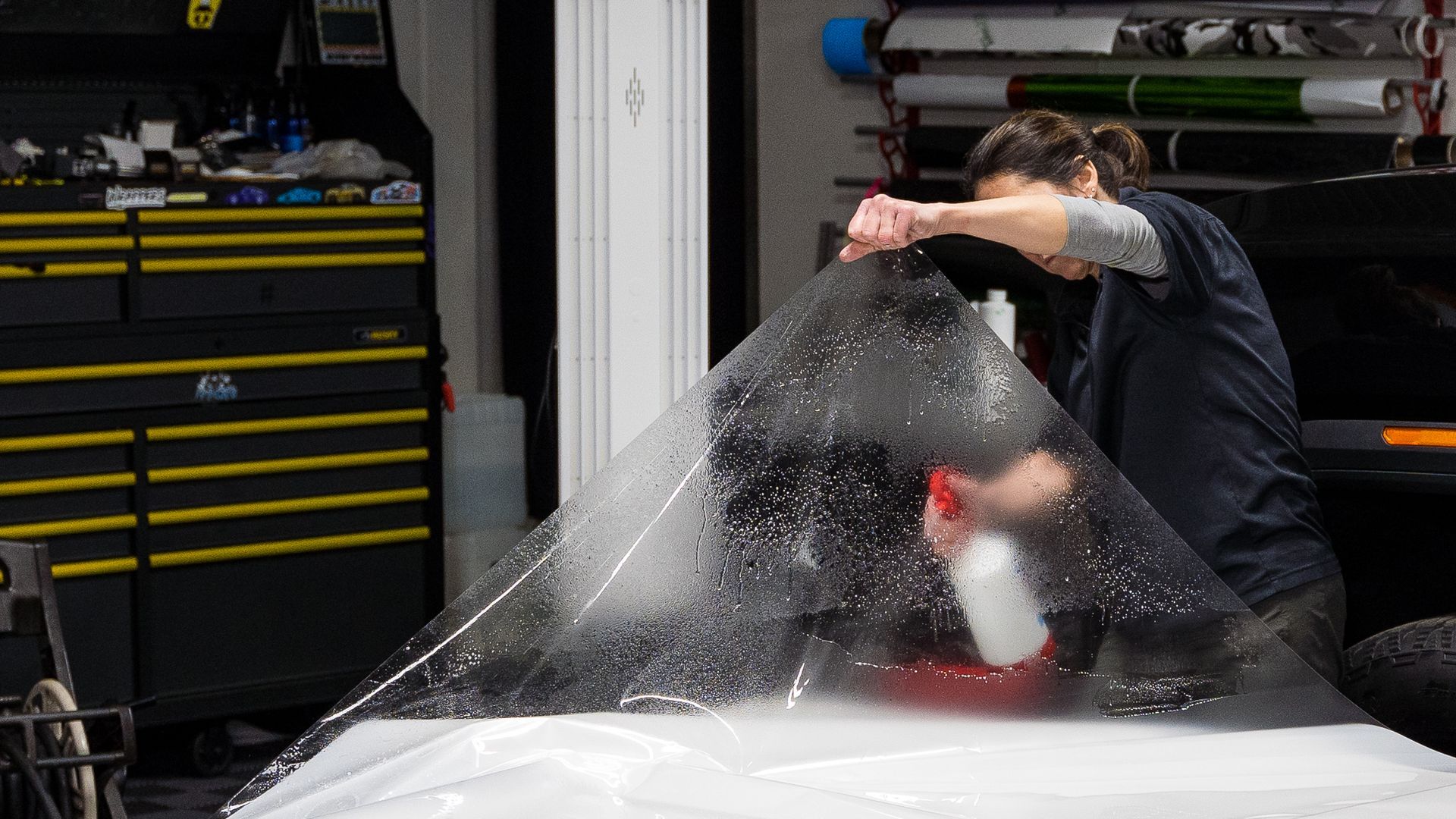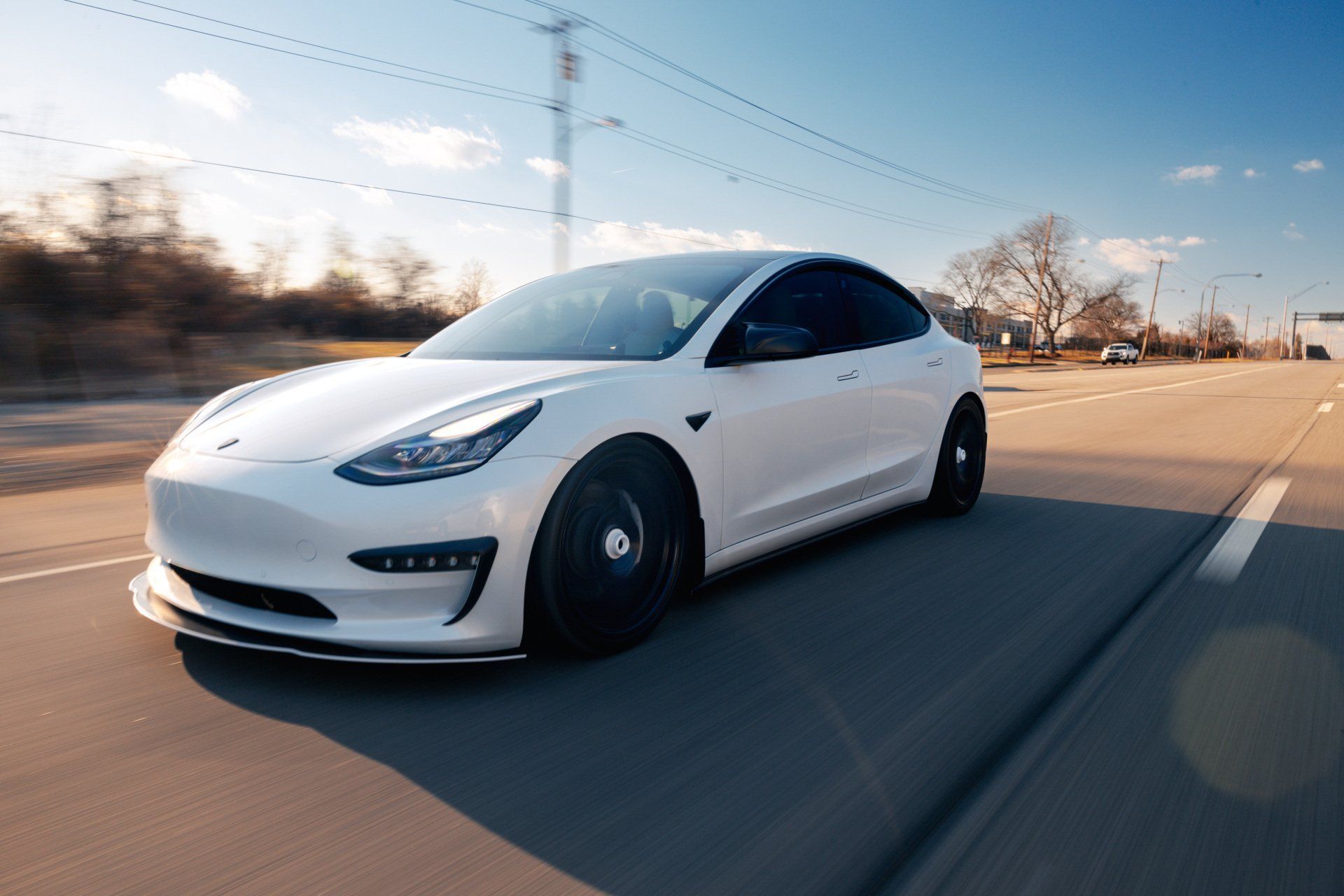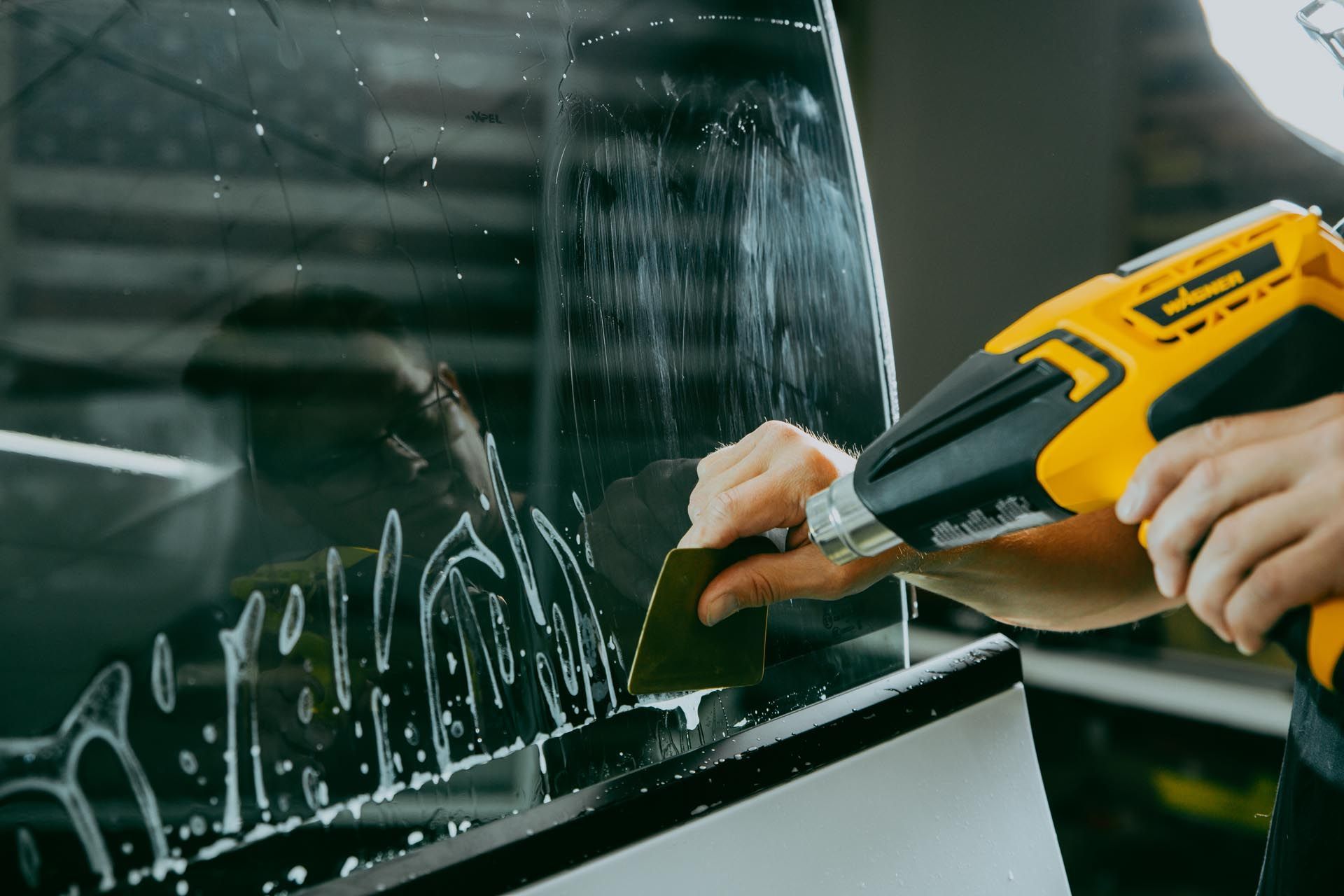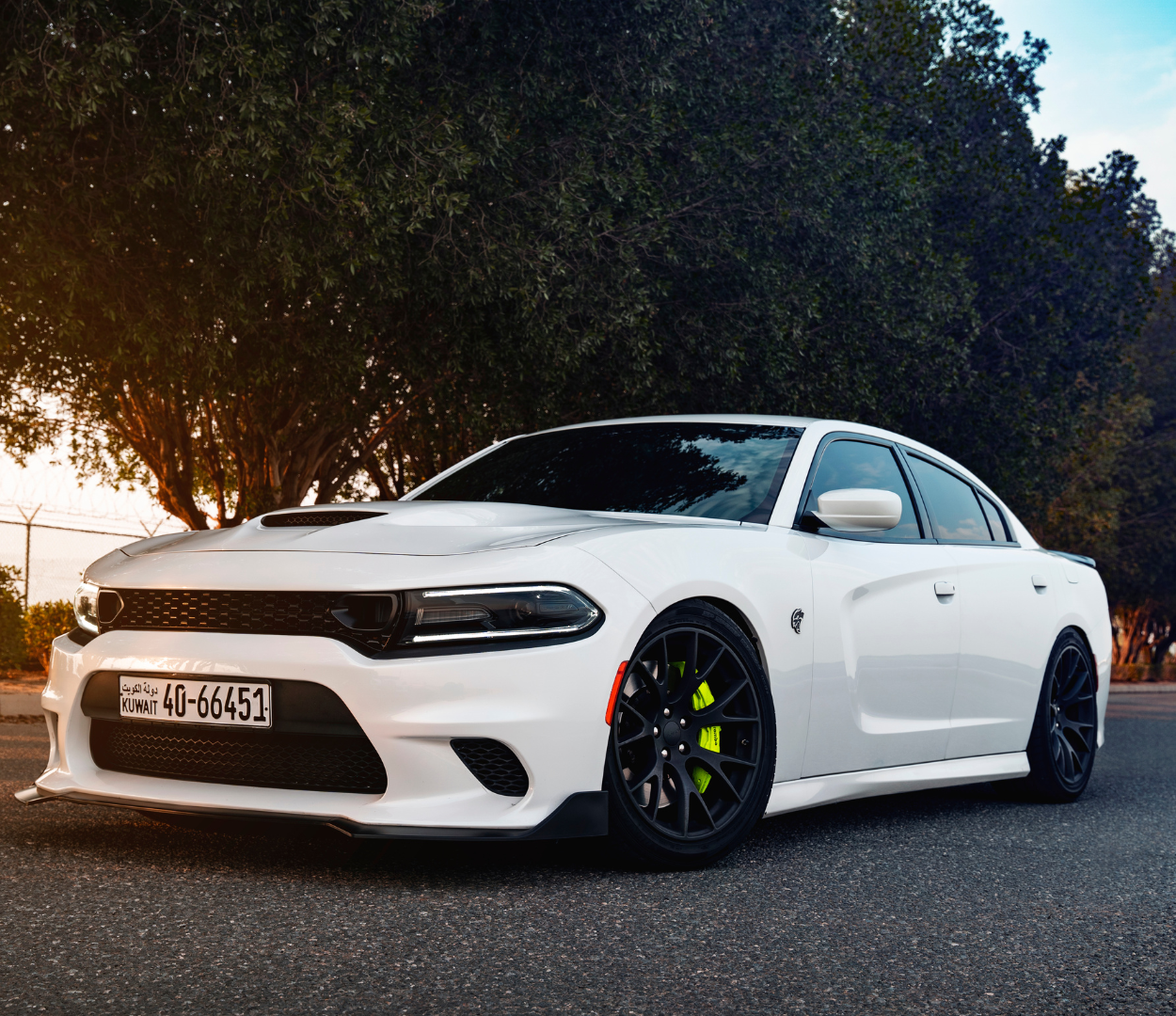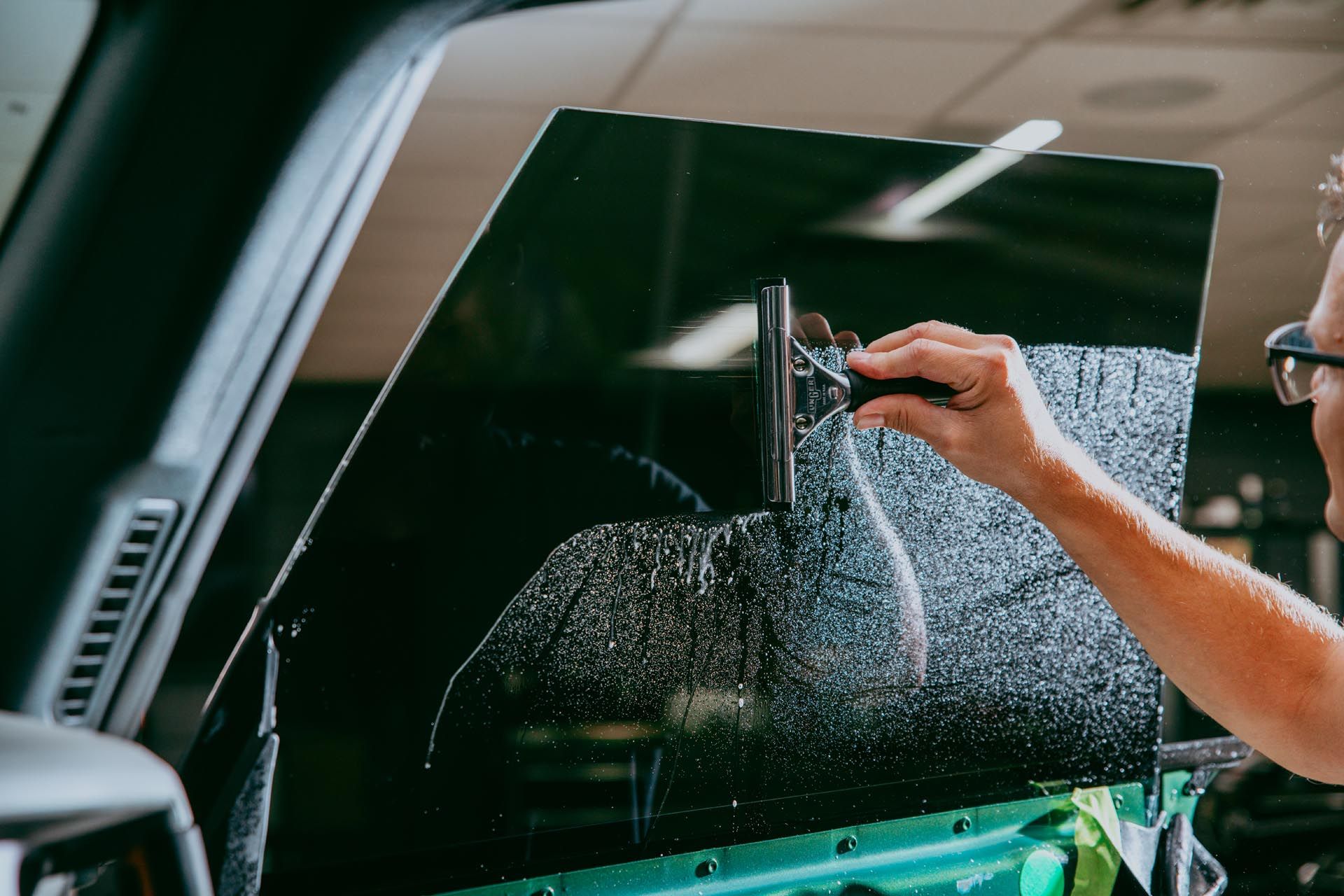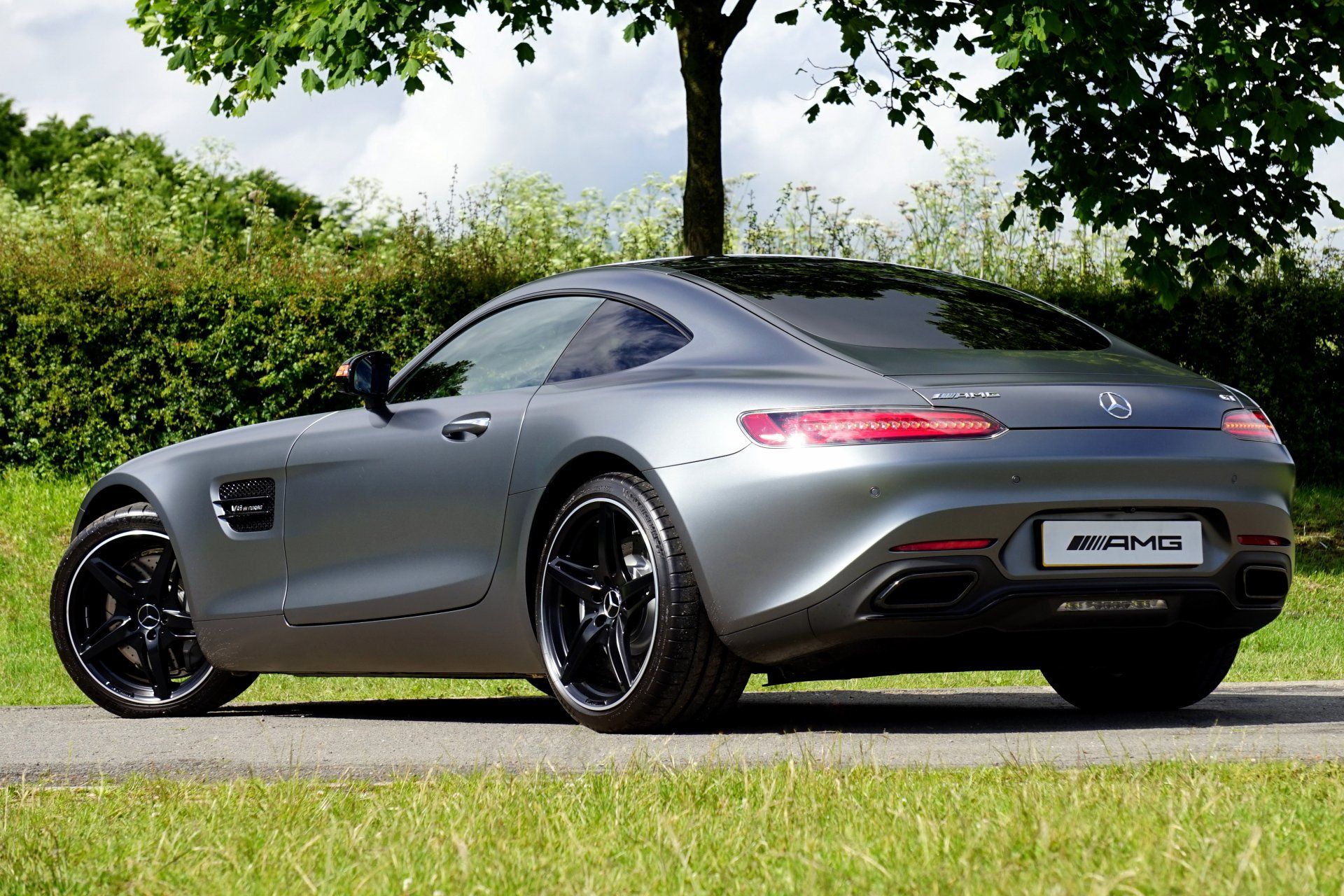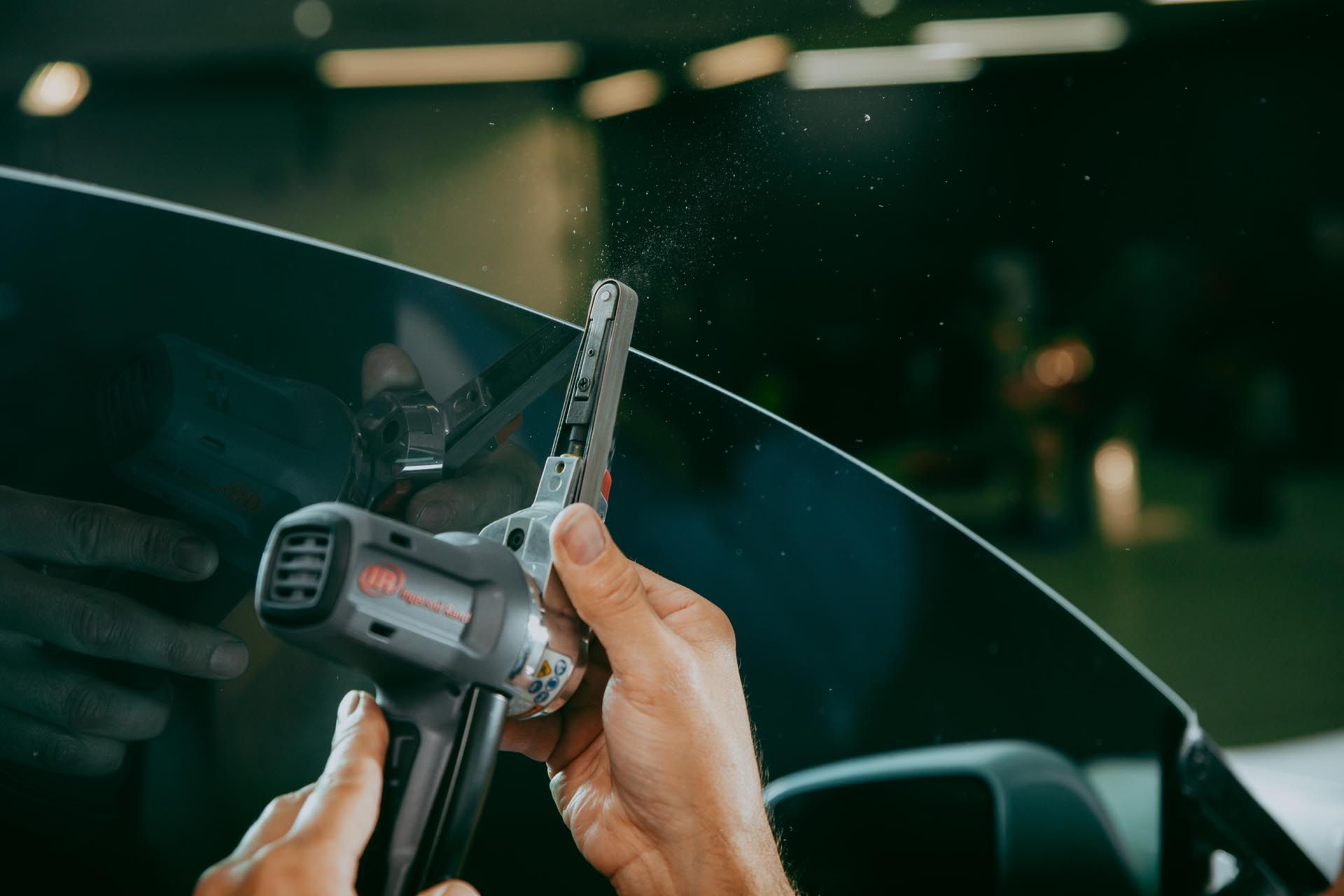When it comes to auto window tinting, many people have a lot of questions—some are curious, while others are just plain confused. Is it really only about looks? Are all tints illegal? The truth is, there’s a lot more to window tinting than what meets the eye. Quality window films can enhance your driving experience, offer UV protection, and even protect your vehicle’s interior. With all the myths out there, it’s easy to get misled. In this article, we’ll break down those misconceptions and uncover the real benefits of window tinting, helping you make informed decisions that fit your needs and keep you compliant with the law. Let's dive in!
The article debunks various myths about auto window tinting, including the belief that all tints are illegal, which overlooks specific regulations on visible light transmission (VLT) that vary by state. Additionally, it clarifies that high-quality tints can enhance a vehicle's resale value and provide effective UV protection, contrary to the misconception that they only serve an aesthetic purpose.
Common Myths About Auto Window Tinting
One of the most pervasive myths about auto window tinting is the idea that it is only for aesthetics. Many people believe that adding a tinted film to their windows enhances their vehicle's appearance, making it look sleek or sporty. However, this perspective overlooks significant benefits that high-quality tints provide beyond just visual appeal.
In fact, research conducted by the Skin Cancer Foundation reveals that premium window films can block up to 99% of harmful UV rays. This level of protection is crucial considering that prolonged sun exposure while driving could lead to serious skin issues. Moreover, for individuals who spend a lot of time in their vehicles—like rideshare drivers or those with long commutes—tinted windows can significantly reduce glare from the sun, making for a safer and more comfortable driving experience.
Transitioning from aesthetics to another common misconception, let’s talk about legality. Another myth that often circulates among car owners is that all window tints are illegal. This misunderstanding typically stems from a lack of knowledge about the varying regulations concerning window tinting across different states. People frequently think that since some states have strict rules, all forms of tinting must be prohibited.
In reality, most states set guidelines for what is considered legal visibility through tinted windows. These guidelines are commonly defined by measuring Visible Light Transmission (VLT). For instance, several states require that vehicle windows allow between 35% and 70% of light to pass through, which means there are plenty of legal options available depending on your state's laws.
It's vital for consumers to educate themselves about their local regulations; not only does this help dispel the myth that all tints are illegal, but it also empowers them to make informed choices when selecting tint options. Thankfully, many reputable tinting companies offer guidance regarding these regulations and ensure installations comply with state laws.
Moving on from legality and aesthetic value, let's explore another widespread belief related to durability. There’s a common misconception that low-quality tints inherently cause windows to shatter, creating safety hazards rather than preventing them. However, this belief is misguided. Quality window films are specifically designed to hold shattered glass fragments together in the event of an accident. Rather than compromising safety, they actually enhance it by reducing the risk of injuries caused by flying glass shards.
Furthermore, investing in high-quality materials and professional installation can greatly enhance durability and performance. Tints crafted from quality materials resist bubbling and cracking over time, ensuring they stand the test of daily wear and tear while maintaining clarity and effectiveness.
Lastly, let’s address how some may perceive darker tints as better for heat rejection. Many believe that darker window tints inherently provide superior heat reduction; however, this notion often oversimplifies what truly contributes to heat-blocking capabilities in window films. The truth is that heat rejection largely depends on the quality of the film itself rather than merely its darkness. Some lighter tints utilize advanced technology that allows them to outperform darker options in terms of temperature control.
It’s crucial not only to choose a tint based on color but also to consider its specifications and manufacturer quality rating. Understanding these nuances helps car owners select products that effectively meet their needs for comfort and protection against solar heat without falling victim to misleading myths surrounding tinting. Recognizing these misconceptions about auto window tinting allows consumers to make informed decisions leading to improved vehicle aesthetics, comfort, and safety—all while adhering to state regulations. With this understanding, we can further explore how these factors directly influence vehicle interiors, enhancing both style and functionality.
Truths About Tinting and Vehicle Interiors
One of the most compelling reasons to invest in high-quality window tint is the prevention of interior fading. Sunlight streaming through your car windows might seem harmless, but it can wreak havoc on upholstery and dashboard materials, causing them to deteriorate over time.
Beyond fading, another essential aspect of window tinting is its ability to help with temperature regulation. Research indicates that quality window tints can lower interior temperatures by as much as 60%. Imagine stepping into a car that's been parked under the sun only to find a climate-controlled oasis waiting inside rather than an unbearable heat chamber! This comfort translates into less reliance on air conditioning, which not only enhances passenger comfort but also offers savings on fuel consumption over time.
Think of it this way: those high-quality tints are doing more than making you feel cooler; they are also lightening your wallet’s load at the gas pump. As you consider purchasing window tint, remember to weigh not only aesthetic preferences but also long-term benefits such as protection against fading and heat management. These factors should play a pivotal role in your decision-making process when choosing the right tint for your vehicle.
By prioritizing both functionality and style, you're opting for a solution that enhances both comfort and value while navigating sun-drenched roads. With so much to consider regarding protection and comfort, understanding the regulations surrounding different types of tint becomes equally important for making informed decisions. Let's turn our attention to the details that govern tint usage across various regions.
Window Tints and Legalities
Legal concerns surrounding window tinting can often feel overwhelming; after all, nobody wants to deal with fines or penalties. In Massachusetts, the laws are specific about the level of Visible Light Transmission (VLT) permitted on various windows of vehicles. VLT refers to the percentage of visible light that can pass through the glass and the tint film combined.
For passenger vehicles, the front windshield can only have non-reflective tint on the top 6 inches, while the front side windows must allow more than 35% of light in. Similarly, back side windows and rear windows must adhere to this same requirement. Adhering to these regulations not only keeps you compliant but also helps maintain safety standards on the road.
The rules governing multi-purpose vehicles follow suit—there’s no confusion here. They require the same restrictions as passenger cars regarding tint levels on windshields and windows. Additionally, if the back window is tinted, dual side mirrors must be installed for visibility and compliance. This small precaution can make a significant difference in ensuring your vehicle is both legal and safe.
Tint reflectivity also plays a crucial role in legality. The films used for tinting may contain metallic characteristics that reflect incoming light, significantly reducing glare and thus enhancing comfort while driving. However, a limit exists: for sedans and SUVs, both front side and back windows can't exceed 35% reflective properties. Knowing these specifics ensures you select a product that keeps you within legal parameters while still providing the benefits you desire from tinted windows.
Now that we have a grasp of Massachusetts regulations regarding tint darkness and reflectivity, it's also essential to address color restrictions. Interestingly enough, Massachusetts law does not prohibit specific colors of tint. This gives consumers an array of options when choosing their desired aesthetic. However, although manufacturers aren’t obligated to certify their films sold in Massachusetts, using stickers to identify legal tinting is recommended. While not strictly required, having such identification can serve as proof should a law enforcement officer question your window's compliance with state standards.
Lastly, medical exemptions allow individuals with particular health conditions to obtain special tints that might otherwise violate standard laws. It's crucial for anyone considering this route to consult state law for precise details about how to secure this exemption legally. Now that we've explored state regulations, let's look at relevant resources available to help clarify any lingering questions regarding window tints and their legality.
Local DMVs and police departments remain excellent sources for interpreting these laws correctly—you can save yourself from an unnecessary violation or fine by checking in with them before proceeding with your tint installation. Furthermore, forging a partnership with traffic lawyers provides immediate legal advice about any concerns related to your window tints. Their expertise can guide you in navigating potential complications effectively. Understanding these legal nuances will help ensure that you're equipped for responsible decisions as we shift our focus to how window tint affects visibility and safety.
Impact on Visibility and Safety
One of the most common concerns surrounding window tinting is its effect on visibility, particularly under different lighting conditions. The key lies in selecting the right Visible Light Transmission (VLT) level, which refers to the percentage of light that passes through the windows. When vehicle owners choose a tint with an appropriate VLT, they can enjoy significant benefits without compromising their line of sight.
Studies conducted by the National Highway Traffic Safety Administration confirm that there are no notable differences in accident rates between vehicles adorned with legally compliant tints and those without. This statistic provides reassurance for potential buyers who may fear loss of visibility due to tinted windows. In fact, many drivers find that proper tinting helps enhance safety through effective glare reduction.
Consider, for instance, the intensity of sunlight during those early morning or late afternoon hours. If you were to drive westward at sunset without any window tinting, you'd be faced with harsh rays causing discomfort and blinding glare. This uncontrolled brightness could lead you to squint your eyes or divert your focus from the road — both dangerous scenarios. However, equipped with a quality window tint that mitigates glare, you can navigate those same routes more comfortably and safely.
Enhancing Safety
It's not just about comfort; it's about ensuring your awareness while driving. Window tints actively contribute to safety by decreasing glare from direct sunlight or even headlights during nighttime driving. While it might seem counterintuitive that a darker window would improve visibility, remember that the right tint acts like sunglasses for your vehicle—filtering out overly bright light without obstructing your vision.
Imagine wearing sunglasses indoors—you wouldn’t do that, right? But when you're faced with harsh outdoor light, it’s a completely different context! Similarly, having the right tint allows you to maintain safety during daylight hours while minimizing visual distractions. Additionally, advanced tint films also feature smart tint technologies, allowing automatic adjustments based on sunlight intensity. This means while you're driving into direct sunlight, you receive extra protection without needing to think about it — another layer ensuring maximum comfort and safety!
As we explore these benefits deeper, remember that choosing any enhancement should be based on quality products and professional installations available from specialists such as Velocity Window Tinting in Sanford, FL. A quality tint not only improves aesthetics but also proactively increases your safety and comfort on the road while keeping within legal limits. As we venture beyond visibility and safety concerns, let’s now explore how window films provide a range of protective benefits.
Protective Benefits of Window Films
Beyond their sleek appearance and ability to regulate temperature, window films provide essential protection for both the vehicle’s occupants and its interior. One of the standout features of quality window tints is their impressive UV protection capabilities. Research from the American Cancer Society indicates that these films can block out over 99% of harmful ultraviolet (UV) rays. This means that not only are car passengers shielded from skin damage—which is incredibly important with prolonged sun exposure—but the car's interiors also benefit. With less UV penetration, fabrics and surfaces are less likely to fade or crack over time, preserving the aesthetic value and extending the lifespan of your vehicle’s interior.
Additionally, let's consider shatter resistance. Investing in high-quality window films not only enhances privacy but also fortifies your glass against potential accidents. When an impact occurs, a tinted window doesn’t shatter into dangerous shards; instead, it holds together, thereby enhancing passenger safety. This feature adds another layer of security—acting as a deterrent against break-ins while providing peace of mind during a collision. Choosing the right tint goes beyond aesthetics—you're making a choice that impacts the safety and longevity of your vehicle.
Added Bonuses
There are even more advantages to be gained when opting for modern window films. Many eco-friendly tints are manufactured with sustainable methods, minimizing environmental impact while offering superior heat rejection abilities. This reduces reliance on air conditioning, ultimately contributing to fuel efficiency. Thus, by selecting eco-friendly options, you're not just protecting yourself but also taking a step towards sustainability—a choice that many consumers are increasingly valuing in 2025.
It’s worth mentioning that while selecting window films, consumers should seek out products that meet international quality standards. Ensure that you are investing in an option that has been tested for its UV-blocking capabilities and durability. By doing so, you're ensuring that you receive the protective benefits you expect from your investment. With so many protective benefits at hand, it becomes clear why window films should be regarded as a fundamental enhancement for vehicles today. Understanding these details sets the stage for exploring how to select the perfect tint for your ride.
Choosing the Right Tint for Your Car
Selecting the perfect window tint involves more than just picking a shade; it requires an understanding of your specific needs and the various options available. Each type of film has its unique attributes, affecting everything from heat reduction to aesthetics. For instance, if you frequently drive in sunny areas, it may make sense to lean towards a high-quality ceramic film, known for its superior UV protection and heat rejection properties. The choice you make today can significantly impact your driving experience, so let’s take a closer look at what each type offers.
Types of Tints
Different types of films serve varied purposes. Here’s a look into each category:
- Dyed Film: A budget-friendly choice that offers basic UV protection and improved appearance. However, it has lower durability and may fade over time.
- Metalized Film: Known for excellent heat rejection and added strength to windows. On the downside, it can interfere with electronic signals such as GPS, radio, and mobile reception.
- Carbon Film: Delivers strong heat reduction without disrupting electronics and offers a sleek, matte-like look that’s a noticeable upgrade from dyed options.
- Ceramic Film: The premium option, providing outstanding UV and heat protection, superior clarity, and resistance to fading. While it comes with a higher upfront cost, the long-term benefits are unmatched.
With a clearer understanding of these options, you can better assess which aligns with your lifestyle and preferences.
Consider Your Driving Environment
Reflecting on where you live and drive plays a pivotal role in your choice. If you navigate through sun-soaked streets during summer months, opting for a ceramic tint could enhance overall cabin comfort significantly by blocking harmful UV radiation. Conversely, if you reside in cooler regions, a dyed or carbon film might meet your needs adequately without the necessity for high-end options.
It's essential to keep local regulations in mind when selecting the right tint; ensuring compliance prevents unnecessary legal headaches down the road. Before settling on a final decision, consult seasoned professional installers who can provide valuable insights tailored to both your car and local laws. Their expertise ensures not only that you achieve the desired look but also that you bolster your vehicle's performance effectively and safely.
Ultimately, making an informed choice regarding window tint enhances your vehicle’s appearance and contributes meaningfully to its performance and longevity on the road. In sum, understanding different types of window tints along with consulting professionals ensures that you select the best option for your needs while complying with local regulations.
Expert Window Tinting Services in Schaumburg, IL
Ready to enhance your vehicle’s comfort, privacy, and protection? Umbra Window Tinting in Schaumburg, IL, delivers precision-installed, high-performance window tinting solutions tailored to your needs. Whether you’re aiming to reduce glare, block harmful UV rays, or simply add a sleek edge to your car’s appearance, our expert team has you covered. Discover the difference that premium films and professional craftsmanship can make—your windows deserve more than a basic tint job.

